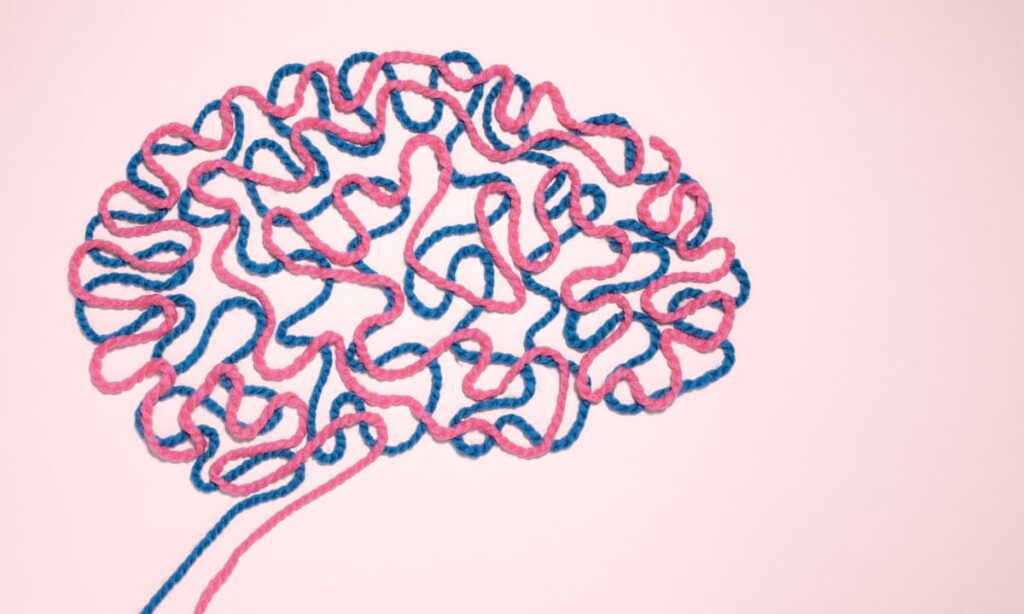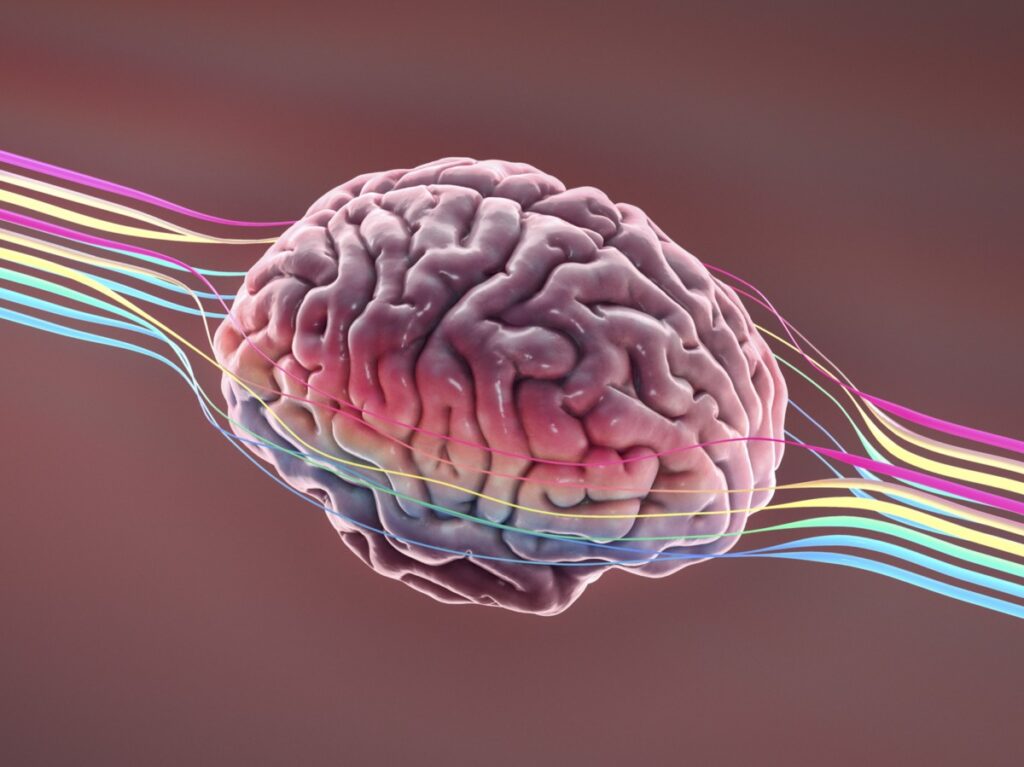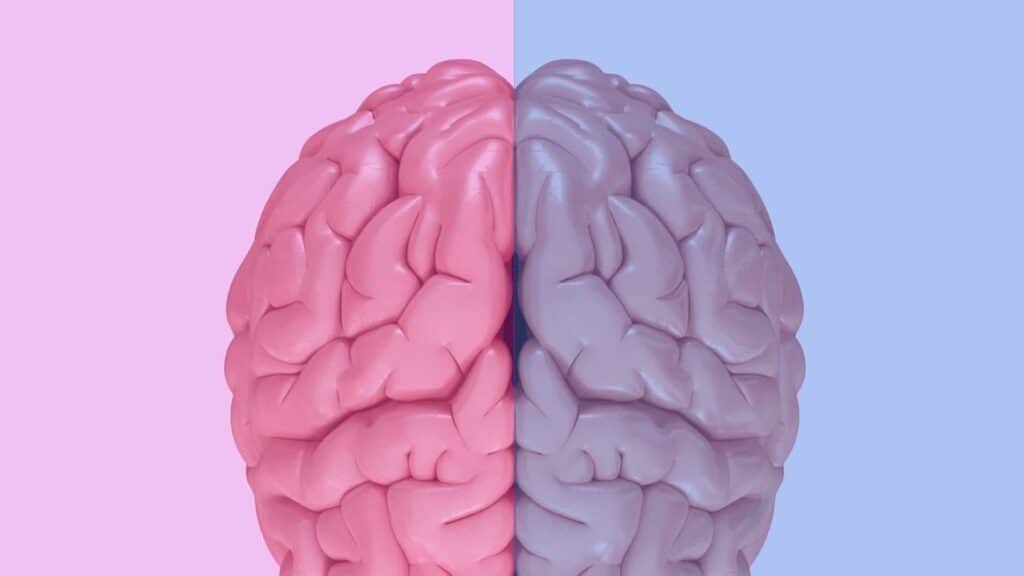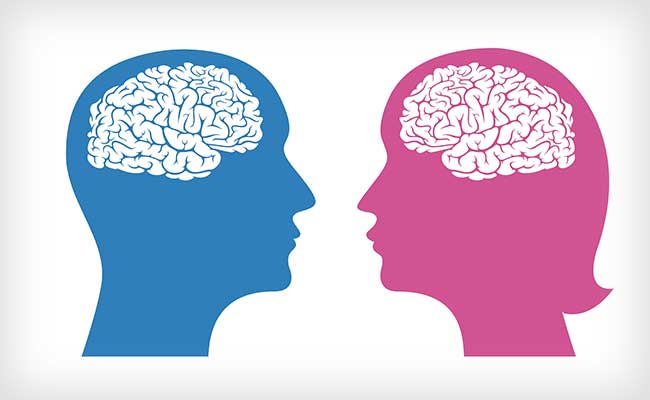Everyone knows the difference between male and female mind, right? One is talkative and a little nervous, but never forgets and cares for others. The other is more calm, pragmatic, assertive, and can tune out gossip to get the job done.
These gender differences in the human brain are stereotypes, of course, but they exert a surprising influence on how brain science is designed and interpreted.
Since the dawn of MRI, neuroscientists have worked tirelessly to find differences between men's and women's brains. A research that always attracts a lot of attention, because it allows us to link any discovery to alleged gender differences in behavior.

Dr Lise Eliot, a long-time neuroscientist in the field, has recently completed a scrupulous analysis of 30 years of research about sex differences in the human brain.
And what he found, with the help of some great collaborators, was that virtually none of these claims about gender differences in the brain have proven to be reliable.
“Male” brain and “female” brain, a myth to dispel?
Except for the simple size difference, there are no significant differences that hold between the brain structure or activity of men and women from different populations.
Nor do any of the alleged brain differences actually explain the familiar but modest differences in personality and abilities between men and women.
More similar than different

Eliot and colleagues called their study “Dump the Dimorphism” to dispel the idea that human brains are “sexually dimorphic.” This is a very scientific term for gender differences. A term biologists use to describe a structure that occurs in two distinct forms in males and females, such as antlers on deer or the genitals of men and women.
When it comes to the brain, some animals actually exhibit sexual dimorphism. The brains of certain birds have a singing control core that is six times larger in males and is responsible for male-only courtship singing.
In the human brain, nothing comes even remotely close to such a thing.
Gender differences: proportions and sizes

Yes, the overall brain size of men is about 11% larger than that of women, but unlike some songbirds, no specific area of the brain is disproportionately larger in men or women. The size of the brain is proportional to the size of the body and the brain difference between the sexes is actually smaller than other internal organs, such as the heart, lungs, and kidneys, which range from 17% to 25% more in men.
No single brain region varies by more than about 1% between men and women, and even these tiny differences are not consistently found across geographically or ethnically diverse populations.
Other highly touted brain sex differences are also a product of size, not sex. The relationship between gray matter and white matter, the relationship of the connections between the two hemispheres of the brain. Both of these ratios are greater in people with smaller brains, both male and female.
Furthermore, recent research has completely rejected the idea that the small difference in connectivity between the left and right hemispheres actually explains any behavioral differences between men and women.
A hard idea to change

Despite these data, “sexual dimorphism” will not die, says Dr. Eliot. It's a sort of "zombie idea" that dies hard.
Neuroscientists have long hoped that larger studies and better methods would finally uncover gender differences in the brain. But the truth is, as the studies got bigger, the brain differences decreased.
Gender Differences in the Brain: Research Attacked from All Fronts
Given the “ideological resistance,” Eliot is not surprised that her team's research is rejected across the academic spectrum. Some label it as "denialist" research and devoted to political correctness. Others focus on women's health because they believe neuroscientists should step up their search for sex differences to better treat female-dominant disorders, such as depression and Alzheimer's disease.
“But you can't deny the decades of actual data,” the neuroscientist says.
Data showing that brain sex differences are minimal and overwhelmed by much greater variance in brain measurements of individuals in the population. And the same is true for most behavioral measures.
Gender differences in the human brain, he insists, do not exist.
Sex is a very inaccurate indicator of the type of brain a person will have. Another way to think about it is that each individual brain is a mosaic of circuits. Circuits that control the many dimensions of masculinity and femininity, such as emotional expressiveness, interpersonal style, verbal and analytical reasoning, sexuality, and gender identity itself.
To use a computer analogy, gender differences arise from running different software on the same underlying hardware.
The absence of binary brain sex characteristics also resonates with the growing number of people who identify as non-binary, queer, non-compliant or transgender.


